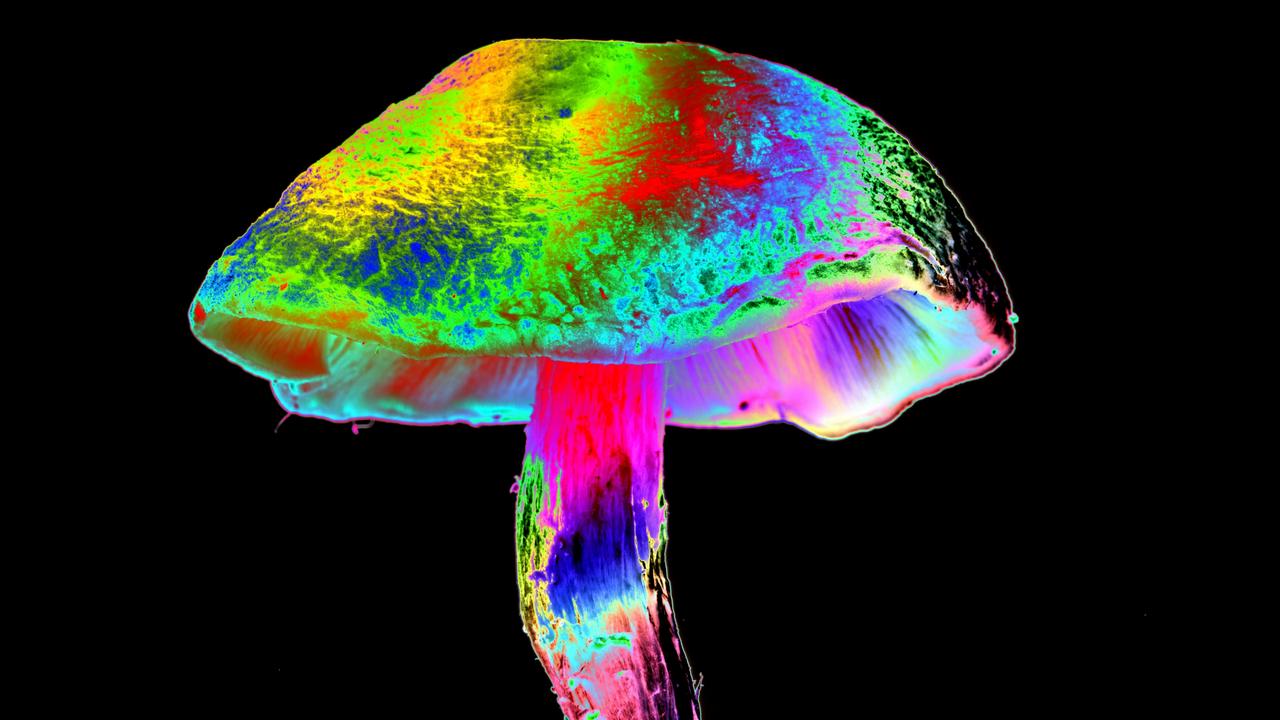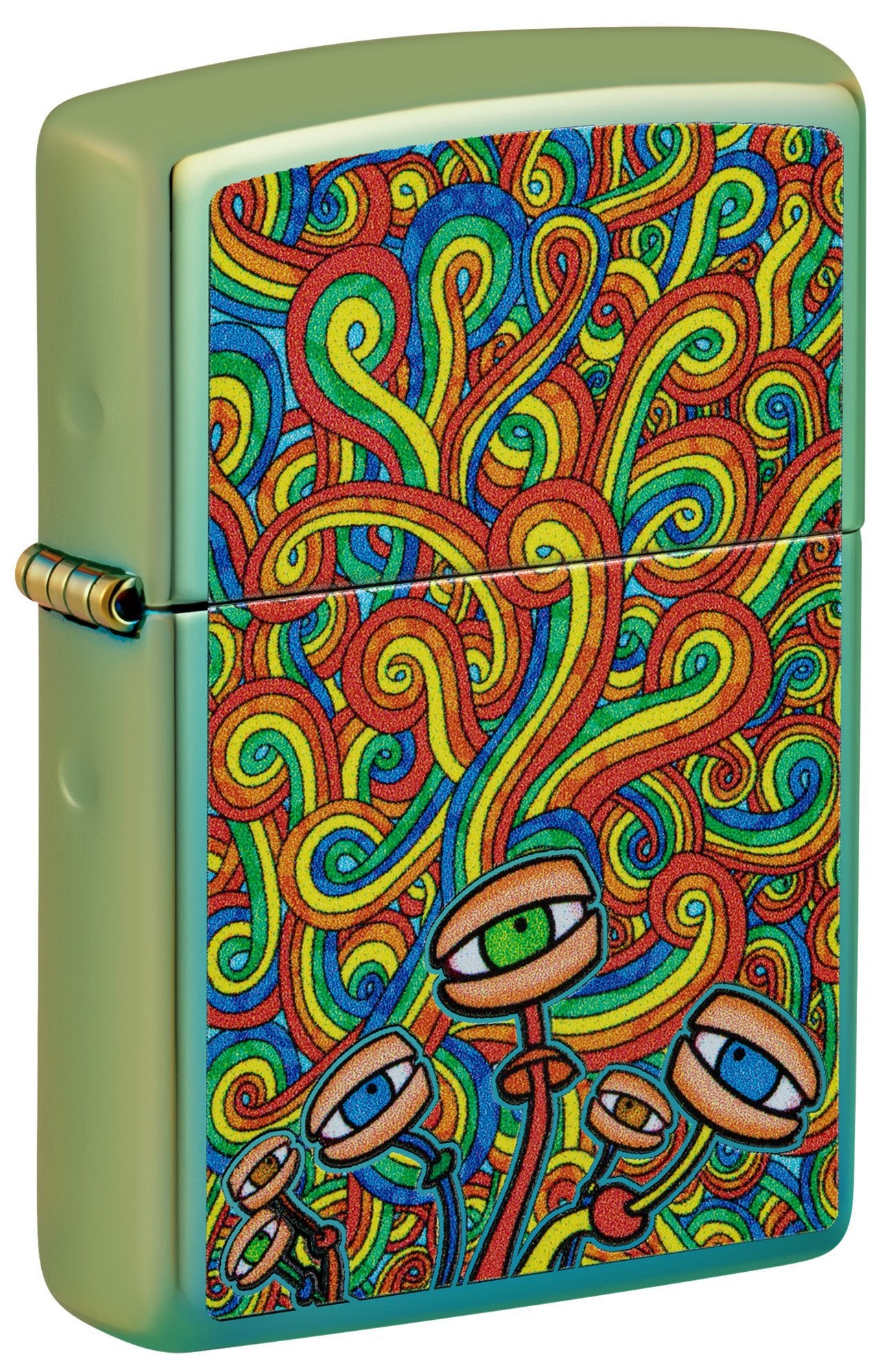Why the Value of Studying Psychotomimetic Phenomena Can not Be Overstated
The research study of psychotomimetic sensations provides a distinct possibility to explore the elaborate relationship between transformed states of consciousness and the neurobiological supports of psychological disorders. By examining these experiences, researchers can unravel crucial understandings into neurotransmitter functions and their ramifications for psychological wellness therapy. This exploration not just boosts our understanding of psychosis however likewise leads the way for ingenious restorative methods. Yet, the effects reach far past plain therapy; they challenge our fundamental assumptions of awareness itself, triggering additional query into what it suggests to experience truth.
Definition of Psychotomimetic Sensation
Defining psychotomimetic phenomena requires an understanding of their complicated and multifaceted nature. These sensations refer to experiences that simulate the symptoms of psychosis, consisting of hallucinations, deceptions, and altered perceptions of truth. Psychotomimetic impacts can be caused by numerous substances, such as specific hallucinogens, stimulants, and even some pharmaceuticals, leading to significant effects for both medical and research study contexts.
The term "psychotomimetic" itself highlights the ability of these materials to cause altered mental states looking like psychotic problems, which can complicate the differential medical diagnosis and treatment of psychiatric conditions. Significantly, such phenomena are not limited to drug-induced experiences; they can additionally emerge in non-substance-related contexts, including severe stress and anxiety or sleep deprivation, more highlighting their intricate nature.
Understanding psychotomimetic sensations encompasses the exam of their neurobiological underpinnings, psychological effects, and sociocultural measurements. This extensive technique is vital to untangle the intricacies surrounding these experiences and their importance in both healing and non-therapeutic setups (About Golden Psycho). By discovering the interpretation of psychotomimetic sensations, scientists and clinicians can better appreciate the implications for psychological wellness and the potential pathways for future investigation and therapy
Historical Context and Research
The exploration of psychotomimetic phenomena has a rich historical context that covers both ancient and contemporary times. In ancient cultures, substances such as peyote, ayahuasca, and psilocybin mushrooms were utilized in spiritual rituals, usually causing transformed states of awareness considered pathways to divine understanding. These methods laid the groundwork for recognizing the results of copyright substances on the human psyche.

In the 19th and very early 20th centuries, scientific questions into psychotomimetic experiences got momentum. Scientists like Sigmund Freud and Carl Jung checked out the mental ramifications of modified states, while the exploration of LSD in the 1930s catalyzed a wave of interest in psychotomimetic compounds. This duration saw a merging of psychological research study and recreational usage, motivating studies on the therapeutic potential of these substances.
However, the counterculture motion of the 1960s, paired with regulative suppressions, obstructed study for years. Over the last few years, a renaissance in psychopharmacology has arised, with renewed emphasis on the restorative applications of psychotomimetic agents in treating psychological health disorders. This historical trajectory highlights the value of studying psychotomimetic sensations within both scientific and social structures.
Insights Into Mental Health
Recent studies have actually increasingly highlighted the possibility of psychotomimetic materials in providing valuable understandings right into psychological wellness. These compounds, which can generate changes in perception, mood, and cognition, have been critical in clarifying the systems underlying various psychological conditions. By analyzing the effects of these compounds, researchers have gotten a much deeper understanding of the neurobiological paths linked with problems such as schizophrenia, depression, and stress and anxiety.
For example, the management of psychotomimetic representatives has actually been revealed to simulate particular signs and symptoms of psychosis, enabling the exploration of neurotransmitter systems associated with these experiences. This research has disclosed the substantial role of serotonin and dopamine in state of Web Site mind law and psychotic signs, potentially guiding much more targeted healing interventions. In addition, making use of these materials in controlled atmospheres has actually given an unique opportunity to investigate transformed states of awareness, which might parallel particular mental health conditions.
In addition, insights gained from psychotomimetic research study are leading the method for unique treatment approaches. copyright-assisted therapy, for instance, has become an encouraging method for attending to treatment-resistant problems, highlighting the relevance of these substances ahead of time our understanding of psychological wellness.
Effects for Consciousness Studies
Researching psychotomimetic phenomena not just boosts our understanding of psychological health problems however also supplies significant insights right into the nature of consciousness itself. These phenomena, which often evoke transformed states of perception and cognition, offer a distinct window into the mechanisms underlying mindful experience. By exploring just how substances induce experiences reminiscent of psychosis, researchers can better understand the boundaries of regular and abnormal awareness.
Additionally, psychotomimetic experiences challenge standard sights of consciousness by disclosing he has a good point its multifaceted nature. They recommend that consciousness is not a fixed entity yet rather a vibrant interaction of cognitive processes, sensory input, and subjective experience. This has extensive effects for theories of consciousness, pressing scholars to reassess the functions of neurochemistry and subjective experience fit recognition.
Additionally, checking out just how people reply to psychotomimetic agents can brighten the relationship between awareness and self-awareness. Understanding how these substances alter one's sense of self and fact may notify thoughtful disputes concerning the nature of consciousness and identity. Ultimately, the research study of psychotomimetic sensations stands as a critical method for advancing our comprehension of consciousness, welcoming further interdisciplinary expedition and dialogue.

Future Directions in Research Study
Exploration of psychotomimetic sensations is positioned to broaden in several encouraging directions that might grow our understanding of awareness and psychological health. About Golden Psycho. One considerable method for future research entails the neurobiological systems underlying psychotomimetic experiences. Advanced neuroimaging techniques can clarify the mind's action to numerous psychotomimetics, supplying understandings right into transformed states of consciousness
Moreover, interdisciplinary methods that integrate psychology, pharmacology, and neuroscience may yield a detailed framework for understanding their website the healing possibility of psychotomimetic substances. Regulated clinical trials discovering their efficiency in treating mental wellness conditions, such as anxiety, anxiety, and PTSD, can provide durable evidence sustaining their energy in therapeutic settings.
Furthermore, the evaluation of social and contextual factors affecting psychotomimetic experiences warrants better investigation. Recognizing just how different cultural histories shape specific feedbacks can boost the application of these substances in varied populaces.
Conclusion
In verdict, the research study of psychotomimetic phenomena plays a crucial duty in progressing the understanding of consciousness and psychological disorders. By elucidating the neurobiological mechanisms underlying psychosis, these materials offer essential understandings that enhance analysis and restorative strategies.
 Destiny’s Child Then & Now!
Destiny’s Child Then & Now! Barry Watson Then & Now!
Barry Watson Then & Now! Danielle Fishel Then & Now!
Danielle Fishel Then & Now! Megyn Kelly Then & Now!
Megyn Kelly Then & Now! Peter Billingsley Then & Now!
Peter Billingsley Then & Now!